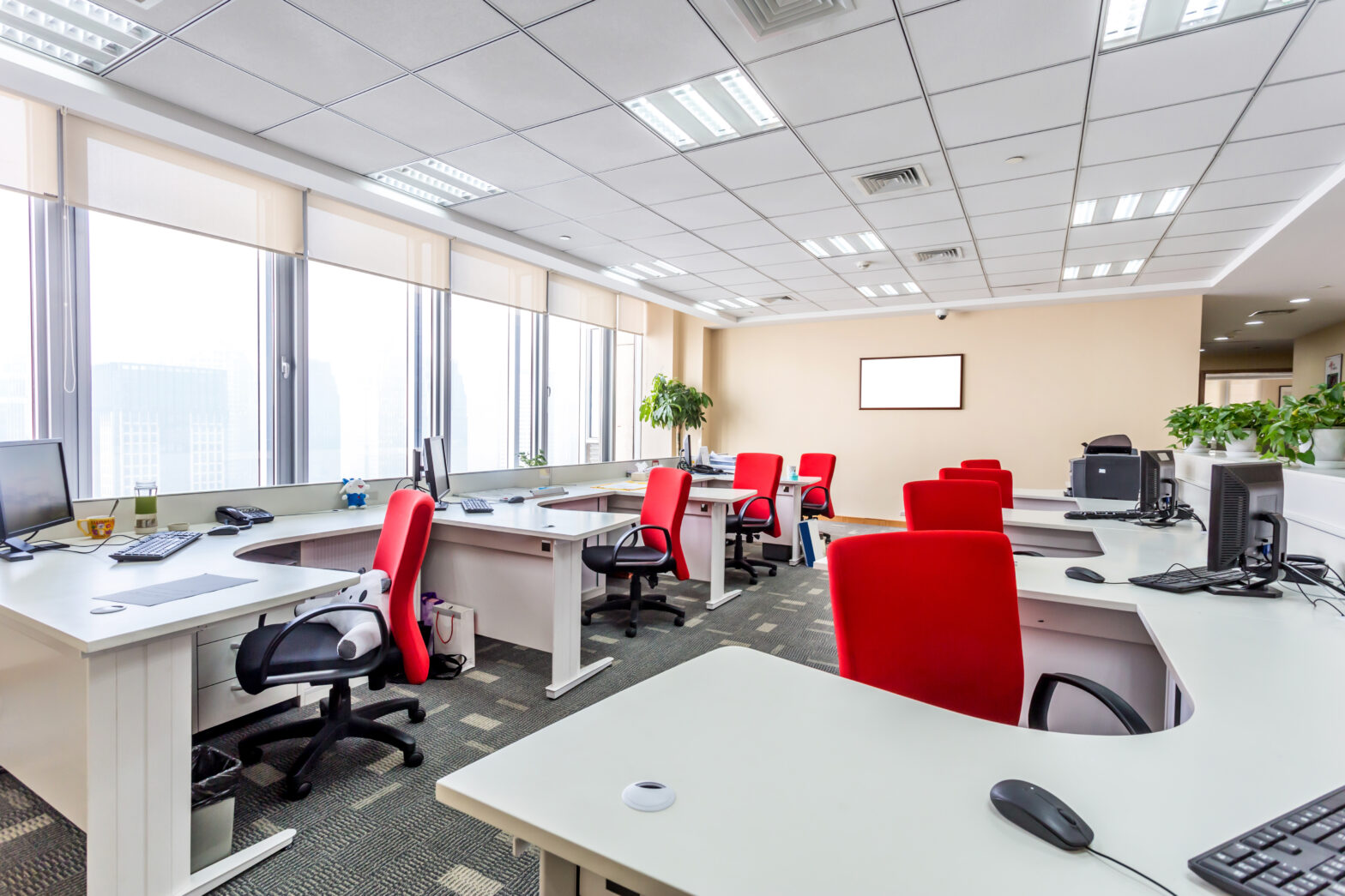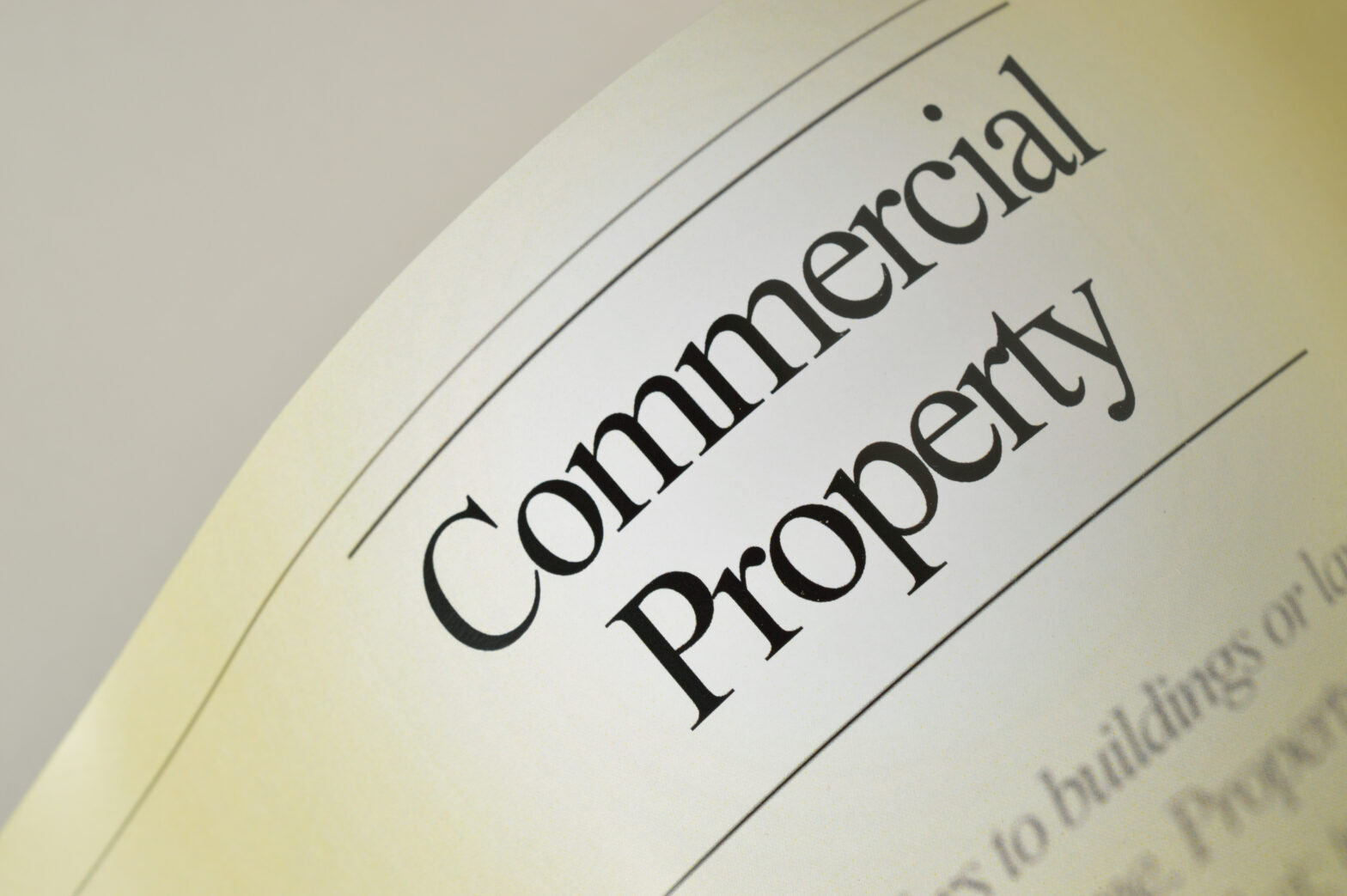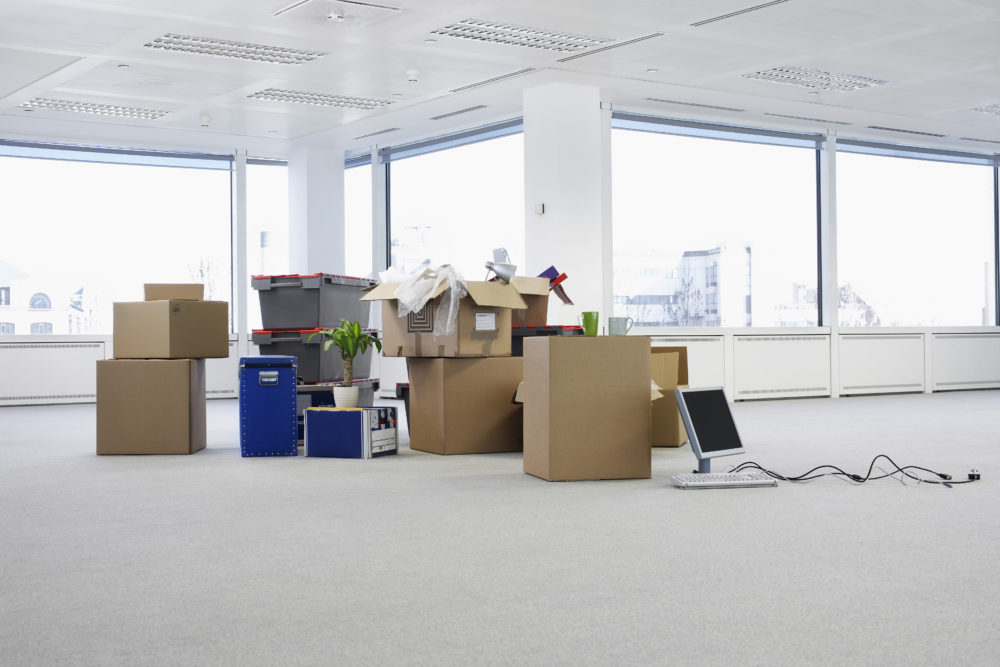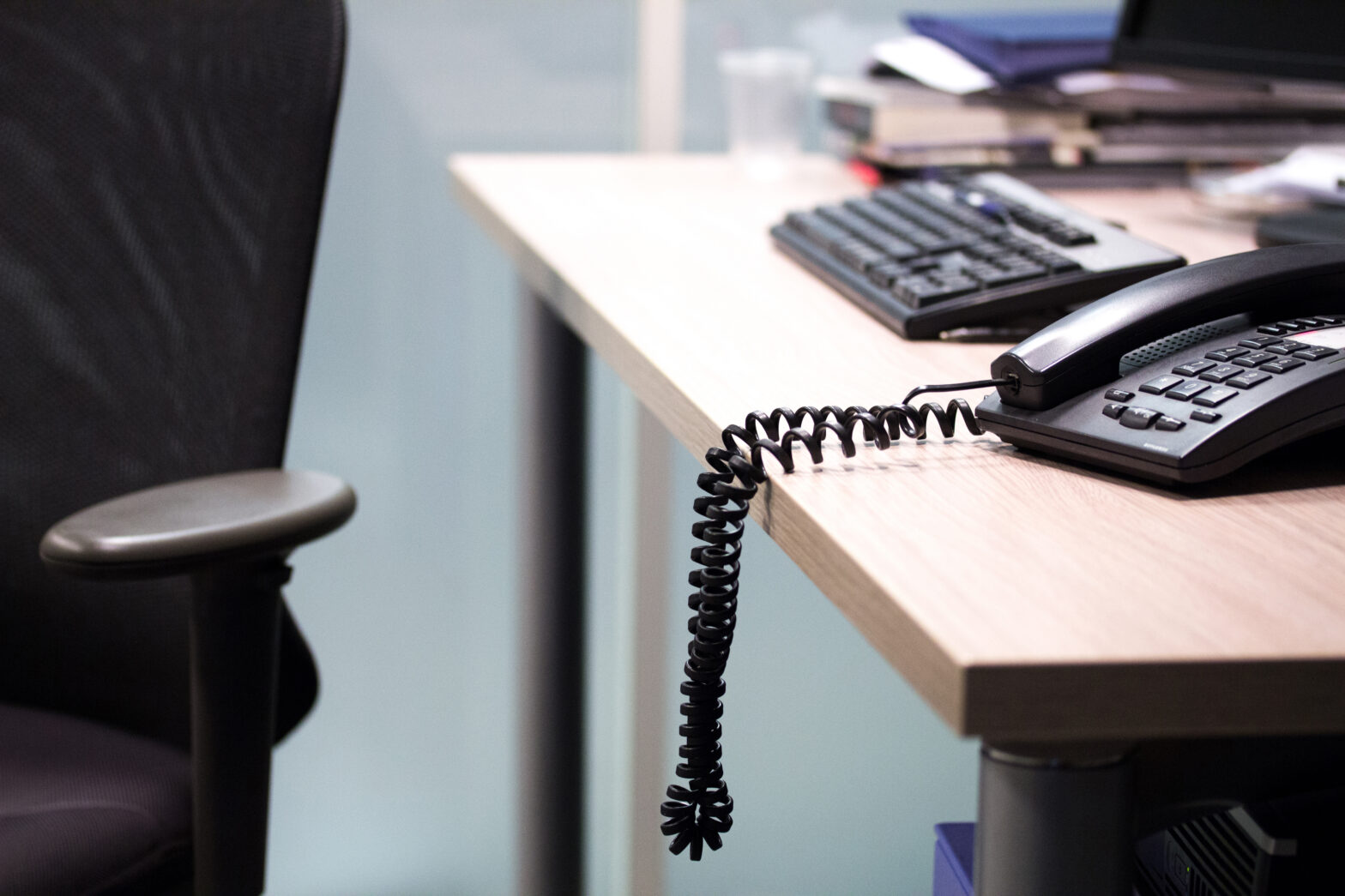An office can become much more than a place to work. The right office design can be truly transformative across a range of areas within a business, changing not only how you present yourself but also how you work while boosting the wellbeing of your employees.
Office designers, Penketh Group, explain how to achieve a range of business benefits via effective office design.
Personality and first impressions
When a client or a perspective hire first walks into your office you want to immediately make a good first impression.
The right entrance, reception area and décor can make a definite statement about a business and set about immediately impressing guests. This can help put an interviewees mind at ease by giving them additional insight into a business, or provide a fantastic ice breaker for a meeting by creating a discussion point with any guests you meet when they comment on the entrance.
From outlining your mission statement or values using bold wall graphics, to highlighting awards through a trophy display or simply creating an interesting seating area using décor that coordinates with your brand colour palette, it is possible to make a statement about your business before ever shaking hands with someone.
The foyer of your offices can outline exactly what you do and give an insight into the sort of personalities working for you. For example, an office themed around a relevant interest or service area, such as a marketing company that specialises in film work, using posters and movie memorabilia displays to instantly highlight where their passion and expertise lie.
Your office should be a reflection of your business and how you work. This can influence the facilities you have and how spaces are used throughout the day.
For instance, the canteen, this area might only get used for eating at certain points throughout the day. However, that space, with the addition of couches, round tables or quiet alcoves could also double up as a fantastic area for informal meetings, idea generation sessions or as somewhere for staff to get away for the general hustle and bustle of an office during the day.
Improved wellbeing
A well-designed office needs to be adaptable. Incorporating a range of ways for staff to work and operate.
The idea of being chained to a desk all day is outmoded and doesn’t consider a need to move around an office. Many modern offices are open plan, for a lot of roles this isn’t an issue but for many it can feel like once the noise level reaches a certain point it becomes nearly impossible to focus on a task without being distracted by conversations and general background noise.
Providing a working set up that not only enables but is supportive of an employee’s need to move around to find somewhere to work quietly or collaborate with a colleague is crucial.
This could encompass quiet working areas, hot desking, break out rooms or smaller more informal meeting spaces. The workspace should be flexible, helping staff to complete tasks and work around potential distractions.
Not only does this help to ease office tensions and frustrations, but being able to adapt your way of working can help improve productivity and improve staff morale and wellbeing.
Better collaboration
Many businesses complete work using teams from across a company. Using different staff from different departments, combining skills and expertise from a range of areas to deliver the best possible results.
This is done through collaboration, which, with the right office set-up can become a much smoother and more streamlined procedure. Allowing teams to share ideas and solutions much more effectively.
Meeting rooms are commonly used for this sort of work, but the way to improve collaboration is to provide the means for ideas to be shared more effectively.
This could mean providing teleconferencing facilities for clients or staff working from home to be involved in meetings, screens for presentations and highlighting research or simply having a meeting room which can be made into a more informal space to allow ideas and imagination to run more freely.
Improving your ability to communicate and share ideas can allow teams from across a business, either in one office or across multiple sites to work together.
Effective office design affords staff a degree of flexibility, allowing them to change their surroundings and adapt to situations, helping to stave off distractions or feeling stuck in a monotonous routine.
Achieving this level of flexibility through your office design, creates a more interesting place to work, improves staff morale by helping them to be as effective as possible and promotes better sharing of thoughts and ideas by creating a range of useful collaborative spaces. Allowing your staff to thrive in an environment better suited to their ways of working.
See also: What your office design says about you as a leader – How you design your office space for your employees can shape you as a business leader.





